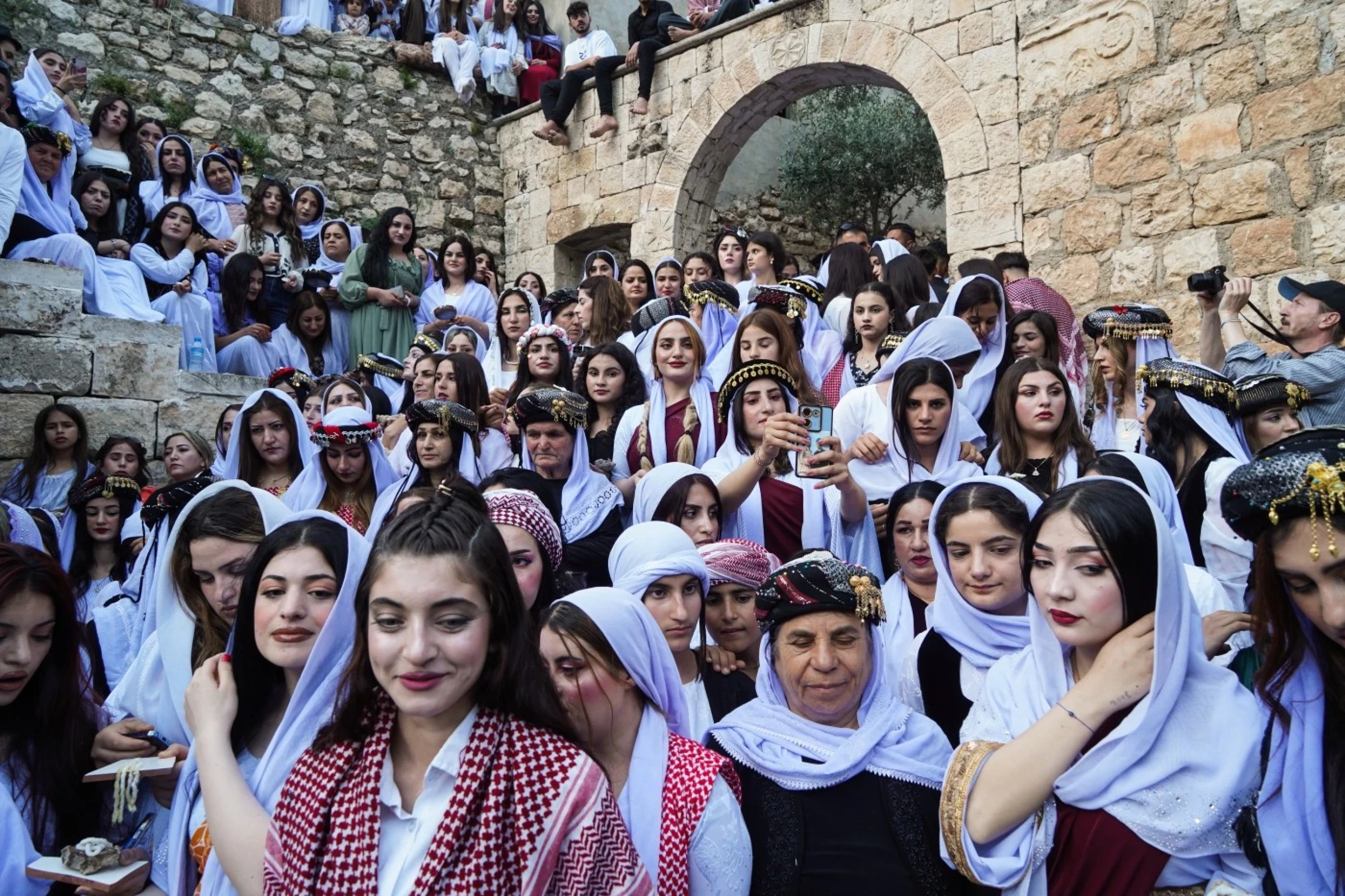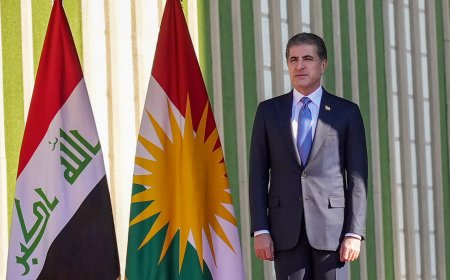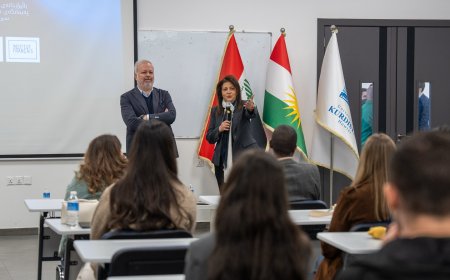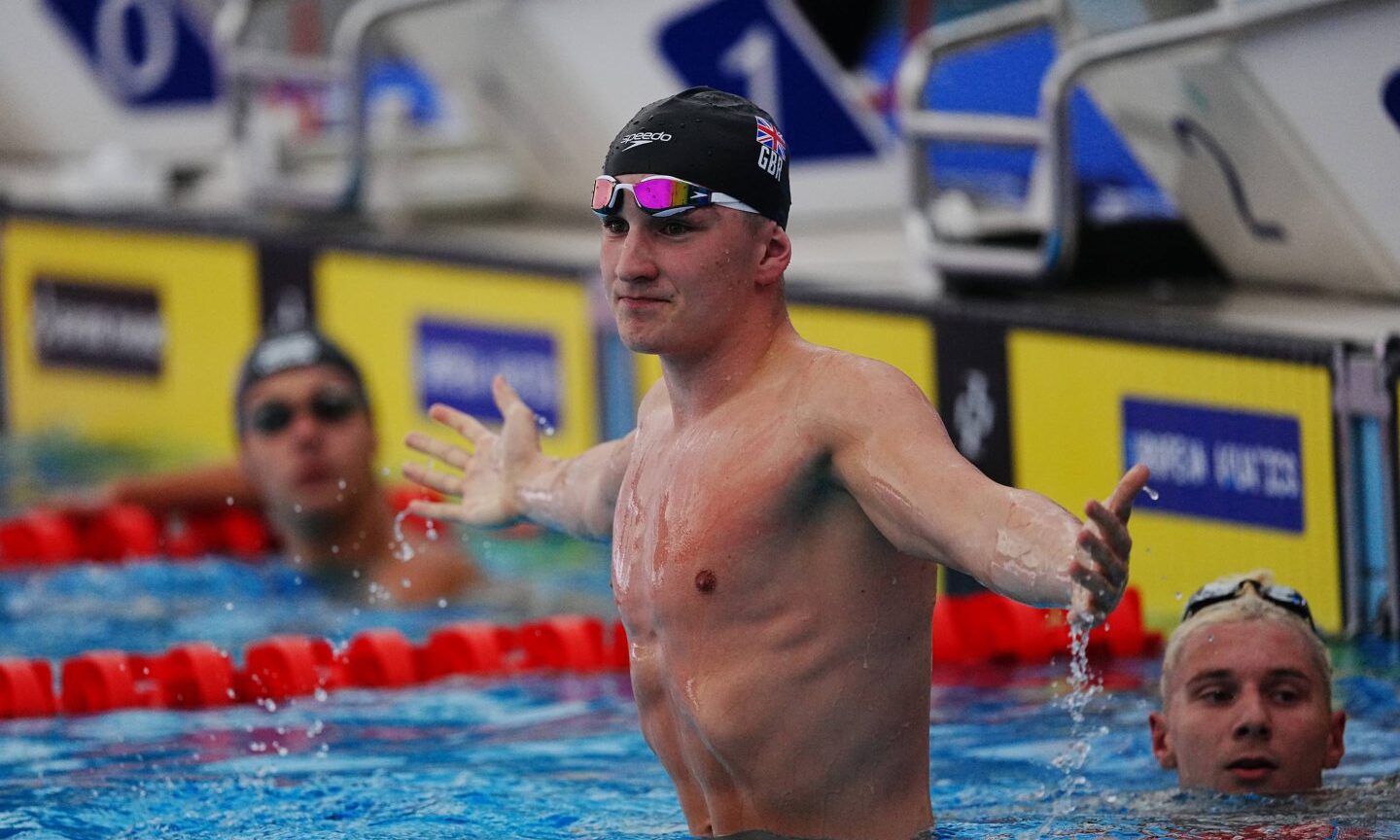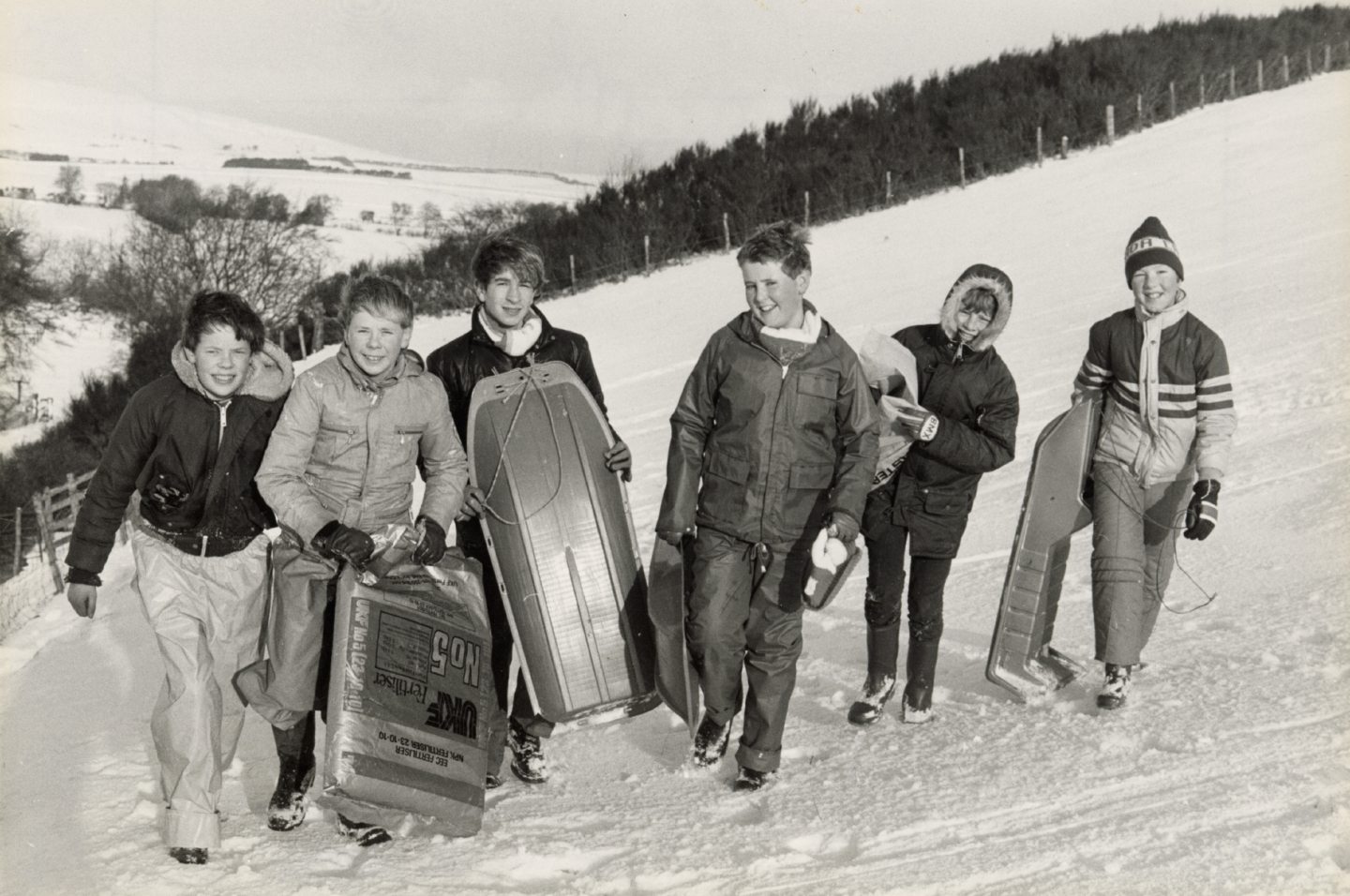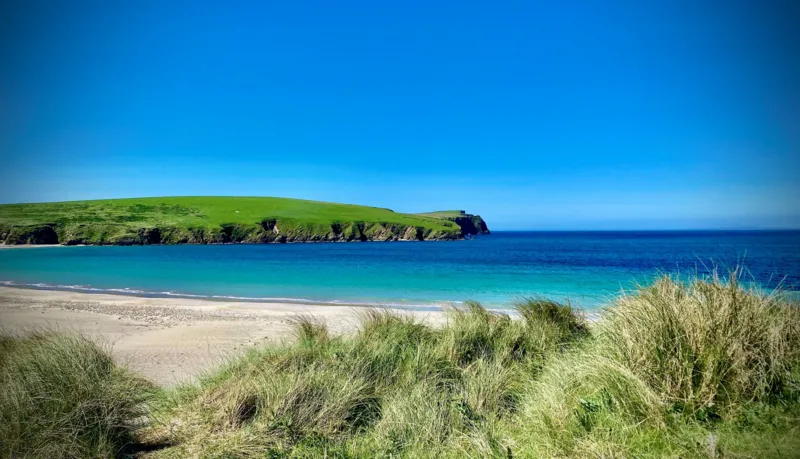‘Ngai si Hakka ngin’: Small but mighty, Penang’s Hakka community finding ways to keep their language and culture alive

GEORGE TOWN, Sept 13 — The Hakka community in Penang may be small, but its members are determined to keep their heritage alive.
From online language classes to drama shows and even songs, the 1,300-member Penang Hakka Association has been finding new ways since 2022 to connect with the younger generation.
Association chairman Datuk Pang Yun Tiam admitted it has not been easy to draw in those under 40.
“It is even harder to get members who are below 25 years of age,” he told Malay Mail in a recent interview.
Pang said many locals of Hakka descent no longer speak the language.
“Most of them speak Mandarin at home or some speak Hokkien, because most people speak Hokkien in Penang, but many of them could not even converse in Hakka,” he said.
This has raised concerns that the language could die out if it is not passed on to younger generations.
To counter this, the association launched Hakka language classes online and have managed to hook students based overseas, including the United States, Australia and Indonesia.
The group also promotes Hakka during cultural events such as the annual Miaohui Chinese New Year celebration and the George Town Heritage Celebrations on July 7.
“We are also organising more cultural shows and drama performances, in Hakka, to attract the young and to get them to learn the language in a fun way,” Pang said.
He added that Hakka songs are also used as a learning tool for the young.
In Malaysia, there are more than 85 Hakka associations and the Penang Hakka Association maintains close links with them.
“There were many notable leaders who were Hakka such as Yap Ah Loy, Sun Hat Sen, Chong Keng Kwee and Penang’s first chief minister, Tan Sri Wong Pow Nee,” Pang said.
The Hakkas are believed to be among the earliest Chinese immigrants to Penang, arriving in 1792 and building the first Thai Pak Koong Temple in Tanjung Tokong.
From there, the community spread out, some staying in George Town while others settled in rural areas such as Balik Pulau, Sungai Lembu, Berapit and Machang Bubuk.
Hakkas also celebrate Chinese New Year differently.
“Unlike the other sub-ethnic groups, the Hakkas celebrate Chinese New Year for 20 days, instead of the 15 days,” Pang said.
The 20th day of the first lunar month marks the last day of the Hakka New Year, known as Thien Zhuan Zi.
“That is the day we make offerings to Nuwa who is known as the creator of humankind, deities and the goddess who repaired heaven,” he said.
The Penang Hakka Association building along Burmah Road also houses the Malaysia Hakka Centre.
The 3,000 sq ft gallery features photos, text and artefacts telling the stories of the Hakkas through three different eras – pre-independence, World War II and post-independence.
It also traces the community’s contributions to the development of Malaysia.
Among the exhibits are mining and medicinal tools once used by Hakkas, and a model of the Tulou, the unique roundhouse design in China.
The centre also has a special hall dedicated to Wong, Penang’s first chief minister.
Visitors need to call ahead to make an appointment before visiting.
For more information on the Penang Hakka Association’s activities and the centre, call +60 42290603 or email pghakka@gmail.com.
If you’ve read this far and are wondering about the headline, Ngai si Hakka ngin simply means “I am a Hakka person”.




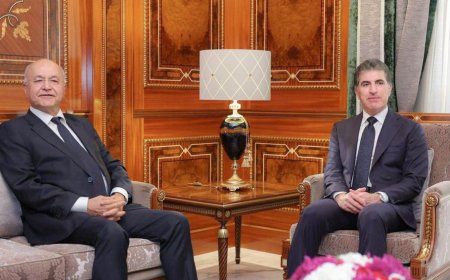
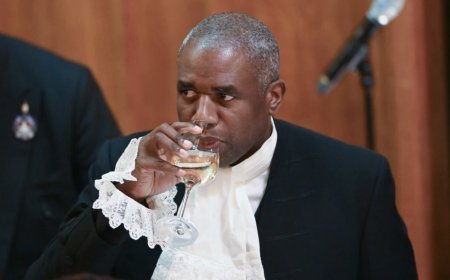







/file/attachments/orphans/rebecca-hague-mothers_864112.jpg)

